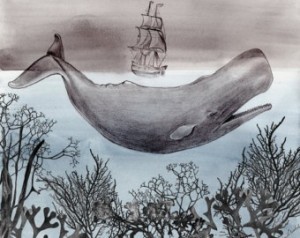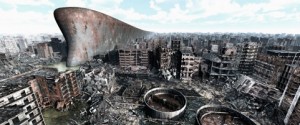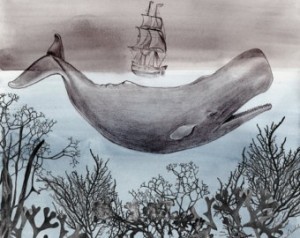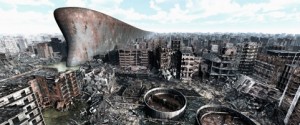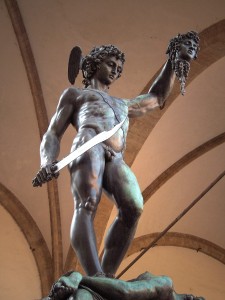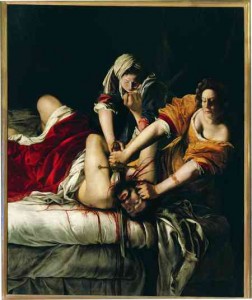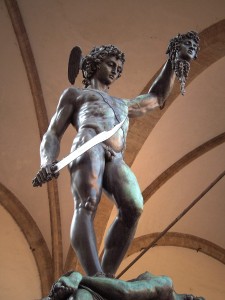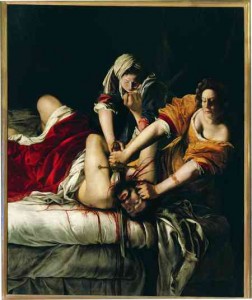In the last decades there is a specific day of the year where the Earth and its ecological systems do not transform, so favorable for us, the carbon cycle because we consume more than it can be absorbed and reproduced. Like a ship at the time of “Moby Dick” where you wanted absurdly energy, life and hope from the whales, now we depend on ships that carry oil. We are in the black water. And the other energies are living on it. It is a low energy, which is preparing for war for universal access to safe drinking water.
Christine Lindstrom – The image is taken HERE
The nature there always will be, but the problem lies in assessing whether there will be a second equilibrium comfortable for us. The ship creates the city and the mainland depends on the docking of these whales made of steel. The towns are supplied by ships that connect the arteries of tubes that penetrate into the waters. It is the largest city of energy that lives near the ships swaying from one bank to another. This has more than 150 years and it is ending. Even if we found other sources of gas, and the loving embrace of a future poisonous atmosphere of Venus would attract the Apocalypse.
In the war of dirty water, but drinkable, it may happen that with our technological support we would find other sources and recycling, sustainable and reformulate a view of nature with free seeds and domesticated animals for companionship or for food. In Italy, for example, since centuries, there are no forests, woods or places that have not been uprooted and replanted by man. Every natural ecosystem Italian is sham in the sense of artifact, because it is made by man, both in technique and in the flow of water, both in building up the city and remember in art, symbol and gesture. And the cities are made of time, of production and consumption, dawn and night, rain and sun, and everything is maintained by plants with the continuous pulsation of chlorophyll synthesis. This lady green and lymphatic that exists and can exist before and without us.
Us how we can come to terms?
Here is the dilemma, and it is no longer to consume less, or be aware of it the same way as revived environmentalists, because we are already in the Apocalypse, and this is no longer the time of the prophets. We are already in the irreversible process of change and the inability to sustain a consumption below the maximum level of sustainability descending.
Giacomo Costa – Imagine Taken HERE
